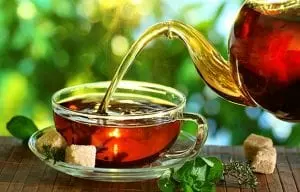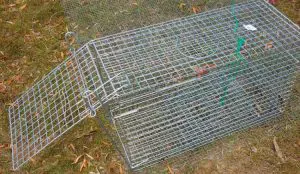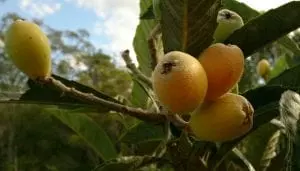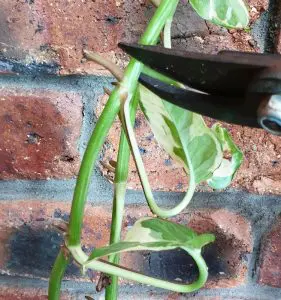Did you know that ashes from a fire can be spread around the garden to produce more, bigger, better and healthier fruit & vegetables? Well it’s true! Even better, it’s completely free, easy to make, and easy to use!
In this article I’m going to explain how that works, how to do it, and why you need to use ash in your vegetable garden.
Using the ashes from a fire as garden fertiliser is no new concept- in fact it’s been done by humans for hundreds of years. Nature, however, has known about the benefits of ash for much longer than us. Think of the way bushland revives itself after a fire: thousands of dormant seeds burst into life and new growth sprouts up stronger than ever before.
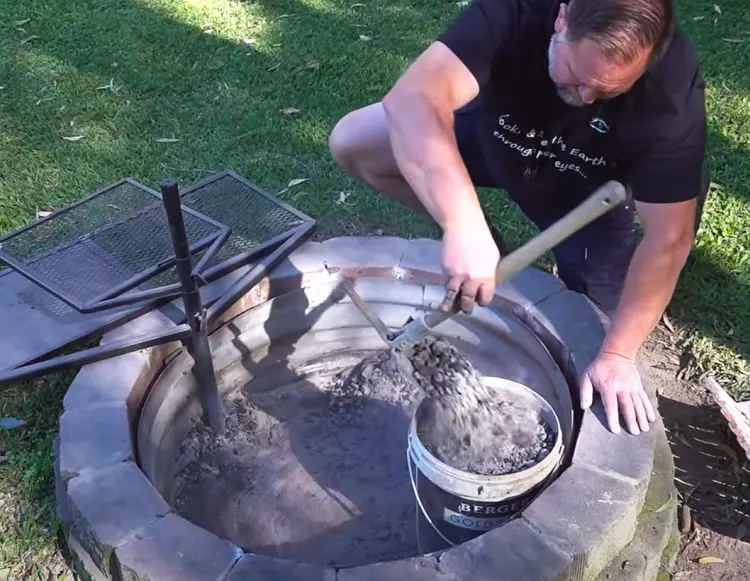
What is Ash?
Ash contains something called potash, which is important for healthy plant growth and fruit formation. Potash is the generic term for a variety of minerals and chemicals which all contain the mineral potassium in a water-soluble form.
The word potash was originally derived from the Dutch word ‘potasch’ which referred solely to wood ash. So the name potash comes from the old practice of making potassium fertiliser by burning wood in order to collect the ashes & use them on the garden.
How Does Potash Help My Garden?
Potash contains about 10% potassium, and potassium is one of the ‘big three’ nutrients needed by plants. You might have heard of the N-P-K ratio of fertilisers: the ‘K’ refers to potassium, as that is its elemental symbol on the periodic table.
Potassium helps plants by strengthening their cell walls, which gives them better immunity against diseases and fungal attack. It makes fruit and veggies taste better by increasing nutrient uptake. This means that the flow of water and sugars throughout the plant is boosted. This in turn increases flowering, which means more fruit are produced.

How Do I Use It?
First of all, make yourself a fire! You’ll need some sort of fire pit that allows you to collect all the remaining ash easily. Wait until it has burnt out and the ash has completely cooled: this might be an overnight wait.
When preparing ash for use in the garden, I like to crush the larger chunks of charcoal into smaller pieces. This makes for a finer mix and faster absorption. (If you require a very fine mix -perhaps for seedlings- then sifting your ash will work well). There will still be some lumps but they add structure & minerals to the soil plus improves the water holding capacity.

The white part of the ash contains more potassium than the darker pieces, as it has a higher percentage of potash. So the whiter the ash, the more beneficial it will be for your garden.
Make sure to collect your ash before it rains and keep it dry before use. Once ash gets wet, the minerals leach out of it. If you don’t need it all immediately, it can be stored safely in a cool dry place for later use. A bucket with a lid on it would be an ideal storage container.

To apply potash to the garden, simply sprinkle it liberally around the bases of your plants. Be generous; do it like you’re spreading a thin layer of mulch. (You can watch our youtube video below to see how I do it). Don’t worry if it settles on the leaves (and it will!), as that will be washed off in the next step when you water it in.
When you are ready to water it in, just water as you would normally. The ash dissolves almost instantly once it’s wet, so the potassium becomes available to your plants very quickly. By the time you finish watering, you’ll hardly see any signs of the ash. It will wash off all the leaves, leaving your plants looking healthy and vibrant.
Can I Use Potash on Everything?
In a word- no!
Adding potash makes the soil more alkaline, or sweeter. Vegetables that prefer a more alkaline soil include brassicas, lettuce, beans, peas, spinach, onions, avocados and stone fruit trees. These are the plants that will love a dose of potash!
Conversely, there are veggies that thrive in a more acidic soil, and will not like the potash. These include potatoes, blueberries, rhubarb, shallots, sorrel and sweet potato. If you can use woodchip as mulch, these plants will thank you for it. Others are more forgiving. Tomatoes, chillies, dill and cucumbers can cope with either semi-acidic or semi-alkaline soil, as long as its not too far in either direction.
Making free potash for the garden is just one way you can re-use waste materials. Like burying your kitchen scraps, making your own fertiliser is fun, easy & free- exactly what self-sufficiency is all about!

